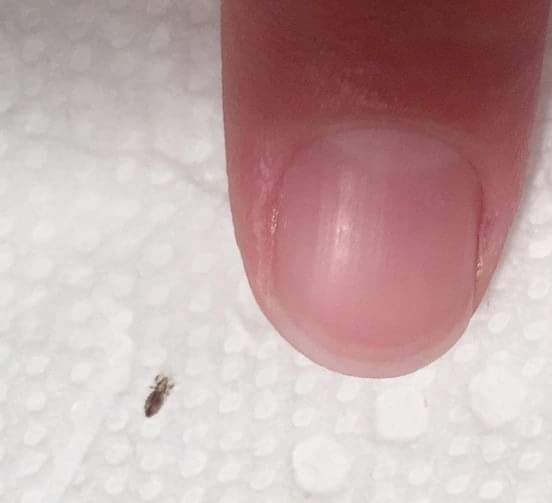ADVERTISEMENT
### **How to Keep Head Lice Away from Children: Prevention and Natural Remedies**
Head lice are a common concern for parents, especially when children return to school or daycare. These tiny, wingless insects can be a nuisance, causing itching and discomfort. While head lice are not harmful, preventing and treating them quickly is essential for your child’s well-being. In this article, we will discuss practical steps, prevention strategies, and natural remedies to keep head lice away from children.
—
### **What Are Head Lice?**
Head lice are tiny insects that live on the scalp and feed on blood. They are highly contagious and spread through close head-to-head contact or by sharing personal items like hats, combs, or hairbrushes. Lice can affect anyone, though they are most commonly found in children between the ages of 3 and 11.
While head lice are not a sign of poor hygiene, they can be uncomfortable, causing itching and irritation as they feed. Fortunately, there are several effective ways to prevent and avoid head lice.
—
### **How to Prevent Head Lice in Children**
#### **1. Encourage Good Hygiene Practices**
While head lice aren’t linked to poor hygiene, practicing good hygiene can help children stay healthy and reduce their risk of lice. Teach your children to avoid scratching their scalps and to wash their hair regularly. A clean scalp is less likely to attract lice, but it’s important to note that lice can still find their way onto clean hair.
#### **2. Avoid Head-to-Head Contact**
Head lice are most commonly spread through direct head-to-head contact. Encourage your child to avoid close contact with other children during play, especially in settings like sports or sleepovers. In particular, children should avoid resting their heads on shared pillows or leaning their heads together.
#### **3. Teach Children to Avoid Sharing Personal Items**
Lice can be spread through the sharing of personal items such as combs, brushes, hair ties, hats, headphones, and towels. Educate your children about not sharing these items with their friends or classmates. Make sure they understand the importance of keeping their personal items to themselves.
#### **4. Regularly Inspect Your Child’s Hair**
Regularly check your child’s hair and scalp for signs of lice, especially after they have been in environments where lice outbreaks are common, such as school, daycare, or summer camp. Look for tiny, sesame seed-sized lice or small, white nits (lice eggs) that are attached to hair strands close to the scalp.
#### **5. Keep Hair Tied Up**
For children with long hair, keeping the hair tied up in braids, ponytails, or buns can help reduce the risk of lice transmission. Lice are less likely to crawl onto hair that is pulled back or out of contact with others.
For Complete Cooking STEPS Please Head On Over To Next Page Or Open button (>) and don’t forget to SHARE with your Facebook friends
ADVERTISEMENT
